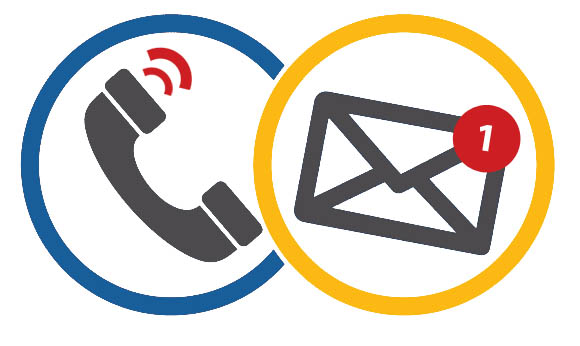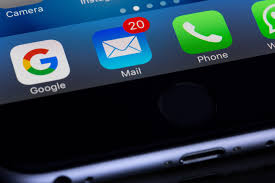
Your assignment for this week is an easy one. Following the guidelines below, send me an email (aereves@ualr.edu) telling me:
1. How do you think you are doing in the program so far?
2. What are your technical strengths/weaknesses?
3. What are your communication strengths/weaknesses?
4. What are your strengths/weaknesses when working in groups?
Professional Email Etiquette
It is important that whether for business or personal use that we follow the basics of email etiquette. By doing so our recipient will likely feel more inclined to respond, we will be more of a joy to communicate with, and we will be perceived as a caring and intelligent human being. In your emails for this class (whether they are to your instructor or your classmates), please practice the following:
- Subject Line
Make sure you always include a subject line that will identify exactly what your recipient will need to know to know what you are writing about and find your email again later. Always include project names/numbers, section numbers if it is for a class. Make it as easy as possible for your recipient to know what you are talking about.
- ITEC 3650 Absence Feb 1
- Design details SpaceX Dragon
- ACOM 1300 sec 02
- Design Conversation follow up
2. Include greetings and closings
Make sure your email includes a courteous greeting and closing. These things help to make your email not seem demanding or terse.
- Dear, Hi, Hello (their name)
- Thank you, Thanks, Sincerely, Take care, Have a good night, Regards, Best (your name)
3. Address your contact with the appropriate level of formality and make sure you spelled his/her name correctly.
- Dr., Mr., Ms., Mrs.
- If you’re not sure if your instructor has a doctorate, use Professor
4. Write in short paragraphs
5. Follow grammatical rules
Emails should follow the same rules of punctuation as other writing. Capitals are often misused. In particular, you should:
- Never write a whole sentence (OR WORSE, A WHOLE EMAIL) in capitals.
- Never write a whole sentence in small/lowercase. it gives the perception of laziness and carelessness.
- Always capitalize “I.”
- Always start sentences with a capital letter.
- Multiple instances of ??? or !!! are perceived as rude or condescending.
- Type in complete sentences. Typing random phrases does not lend to clear communication.
6. Spell check
Emails with typos are simply not taken as seriously.
7. Proofread out loud
Read your email out loud to ensure the tone is that which you desire.
- Are you clear about the goal of the email? Is your request or question easily identifiable?
- Don’t hesitate to say “hope you are well” or that you “appreciate their help,” but do so at the end of the email.
- A few additions of the words “please” and “thank you” go a long way.
Professional Voicemail Etiquette
1. Say “Hello” and the recipient’s name.
This helps verify that this message is intended for the recipient.
Ex: “Hello, Ms. Johnston.”
2. State your full name and what class you are taking with the professor.
Your professor is most likely teaching several sections, so it is important to identify who you are. Also, since in an online class, the professor does not hear your voice as frequently.
Ex: This is Elizabeth Reves from your online ACOM 1300 class.
3. State the purpose of the call.
This should be a short message that summarizes the reason for your call. Long, drawn out messages may be confusing or get cut off before you get to the point.
Ex. I am calling to get some clarification about the application section of our ethical case scenario assignment.
4. Set expectations
State whether you expect a call back.
Ex: If you could give me a call, that would be great!
5. If you do expect a call back, leave the number and the time of day you will be available.
Make sure that you state the number (beginning with the area code) so that they can return your call. You need to say the number slowly enough that the professor can write the number down.
Ex: My number is 501-550-5555.
6. Repeat your name and phone number.
This gives the person another opportunity to write your name down and confirm your phone number.
Ex. Again, this is Elizabeth Reves from your online ACOM 1300 course, and my number is 501-550-5555.
7. Closing the call.
Make sure to end the voicemail with a closing statement.
Ex: I look forward to hearing from you. Bye.
Full Message:
Hello, Ms. Johnston. This is Elizabeth Reves from your online ACOM 1300 class. I am calling to get some clarification about the application section of our ethical case scenario assignment. If you could give me a call back, that would be great! My number is 501-550-5555. Again, this is Elizabeth Reves from your online ACOM 1300 course, and my number is 501-550-5555. I look forward to hearing from you.
Due: Sunday, September 22, 2024


